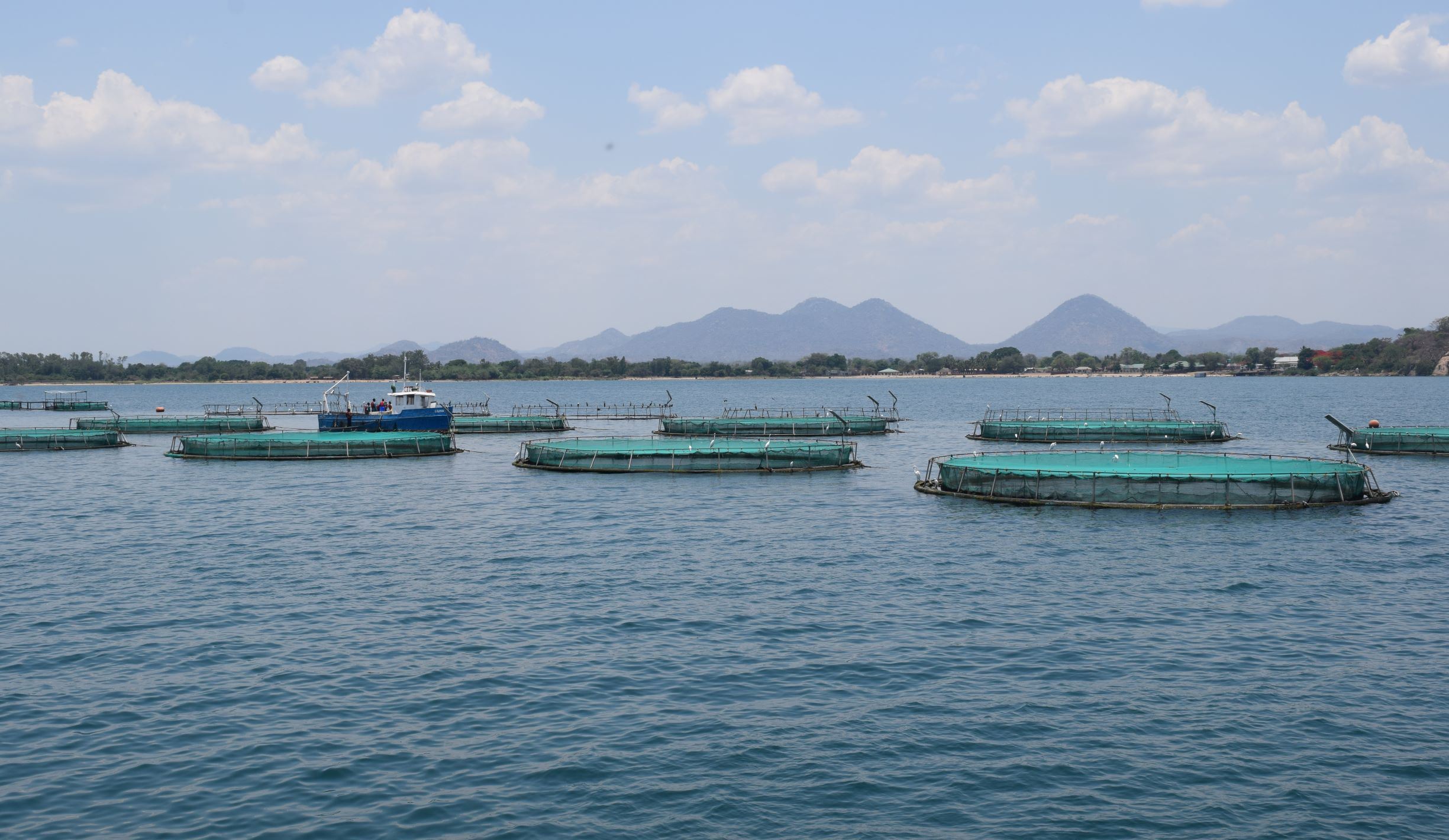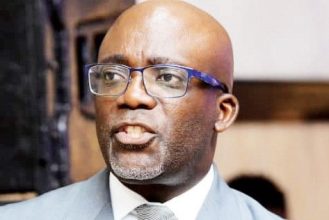Bank punches holes in policy rate stance
The World Bank says the tightening of the country’s monetary policy conditions has been insufficient to contain pressures on inflation, which has been on the upward spiral for the past two years.
The Bretton Woods institution argues that the policy stance has been affected in large part by the continued increase in the money supply primarily through the continued rise in fiscal deficits.
In its 17th edition of the Malawi Economic Monitor (MEM), the multilateral financial institution said in response to the policy rate increases, the base lending rate and interbank rate have increased.
Reads the report in part: “The policy rate increase and strong government demand led to a rise in monthly average Treasury bill and note yields across all the tenors.

“Despite some efforts by the Reserve Bank of Malawi [RBM] to address rising inflation, the real policy rate has been negative, reaching –7.24 percent in May 2023 and the money supply continues to expand.”
RBM data shows that inflationary pressures have increased since early this year induced by domestic shocks, including the impact of Cyclone Freddy.
In addition, the need to rehabilitate the infrastructure damaged by the cyclone may amplify aggregate demand and further fuel inflation, the World Bank said.
The Monetary Policy Committee (MPC) of RBM increased the policy rate from 18 to 22 percent in April 2023 after noting that the inflation outlook had worsened since the last MPC meeting in February 2023.
The hike in the policy rate, which is the key driver of interest rates on loans, pushed commercial banks to raise their interest rates, raising the price of loans even further.
Meanwhile, upward pressures on prices have contributed to headline inflation increasing to 29.2 percent in May 2023, according to the National Statistical Office (NSO). Coupled with that, supply-related constraints to maize and other commodities on the domestic market induced inflationary pressures, contributing to food inflation rising to 38.8 percent in May 2023.
While food inflation remains the primary driver of headline inflation, non-food inflation has gained momentum in recent months, increasing 18.4 percent, year-on-year, in May 2023, the highest since February 2016, NSO figures show.
Speaking in an interview yesterday, economist Frederick Changaya, who is also National Working Group on Trade Policy chairperson, observed that since policy stance determines interest rates and exchange rate direction, tightening means acceleration of the two fundamentals. That cost pushes inflation acceleration.
He said: “Monetary authorities keep doing the same things they have done for the past four or so decades.
“No meaningful results can be shown if the ranking of Malawi as bottom three countries on GDP per capita is to go by.”
Meanwhile, the Economist Intelligence Unit, a research and analysis division of the Economist Group of the United Kingdom, has projected that the policy rate will increase by 400 basis points to 26 percent amid rising inflation.
The think-tank observed that foreign currency shortages are making imports of food and fuel costly, pushing up inflation.





